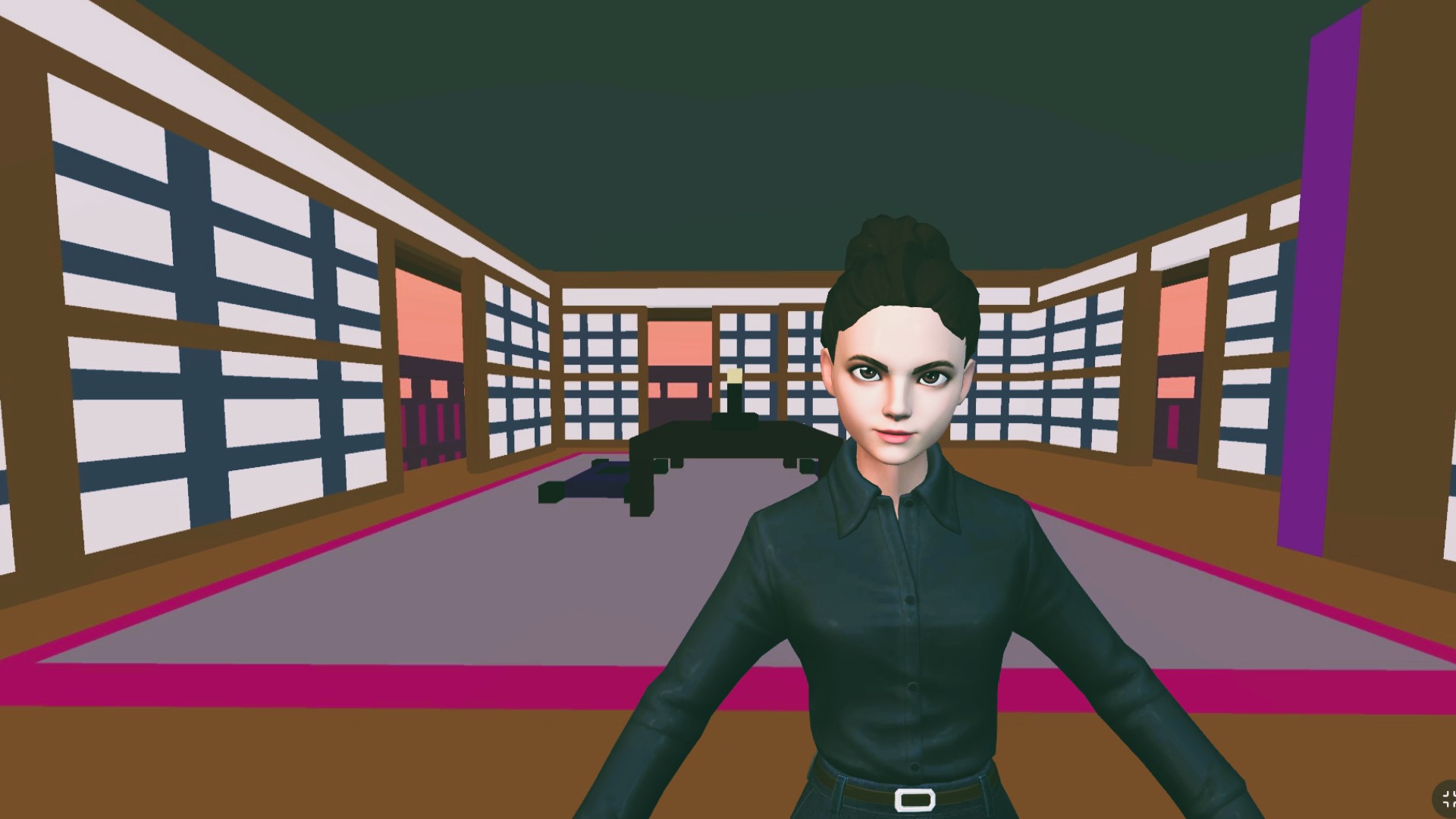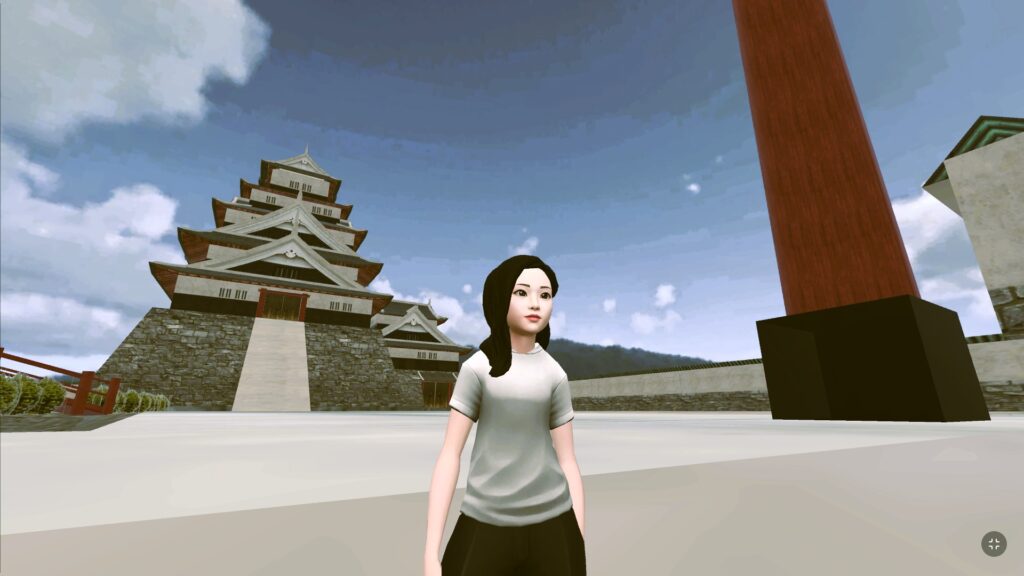
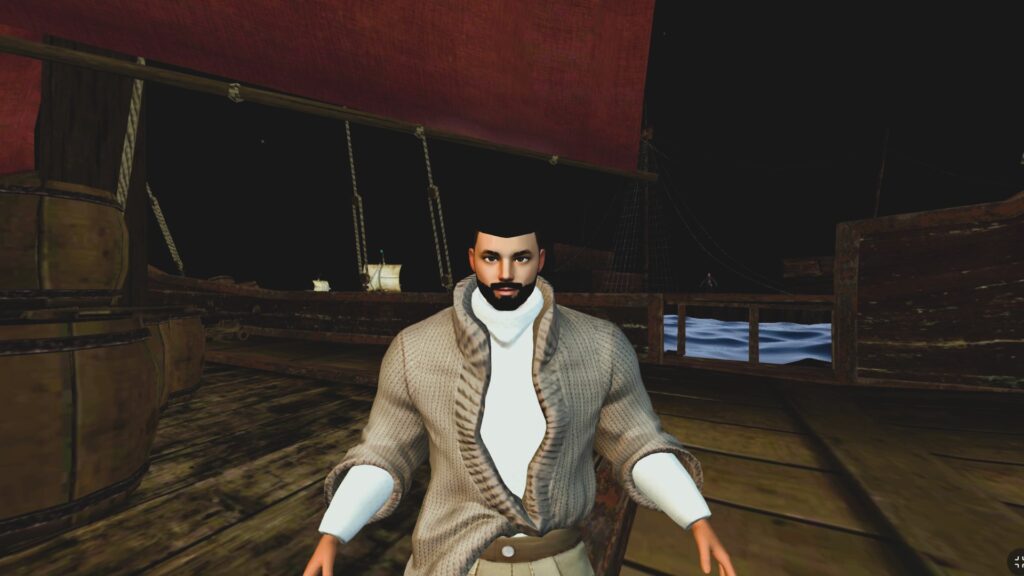
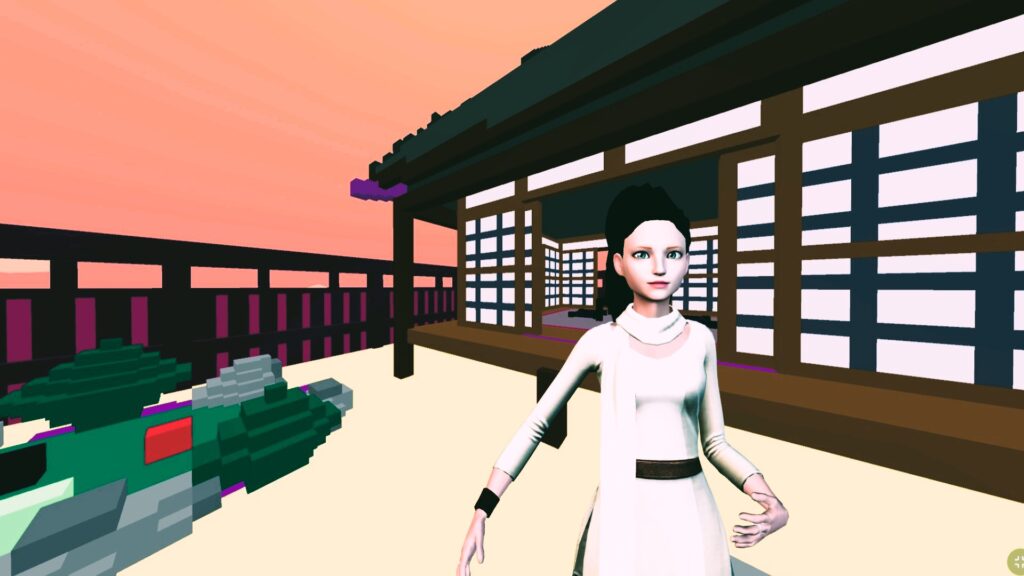
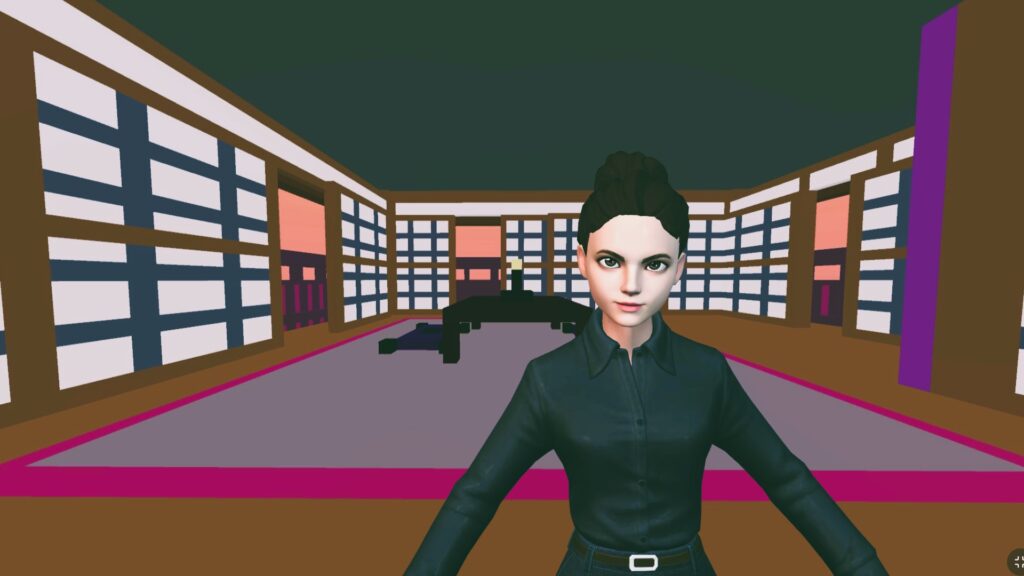
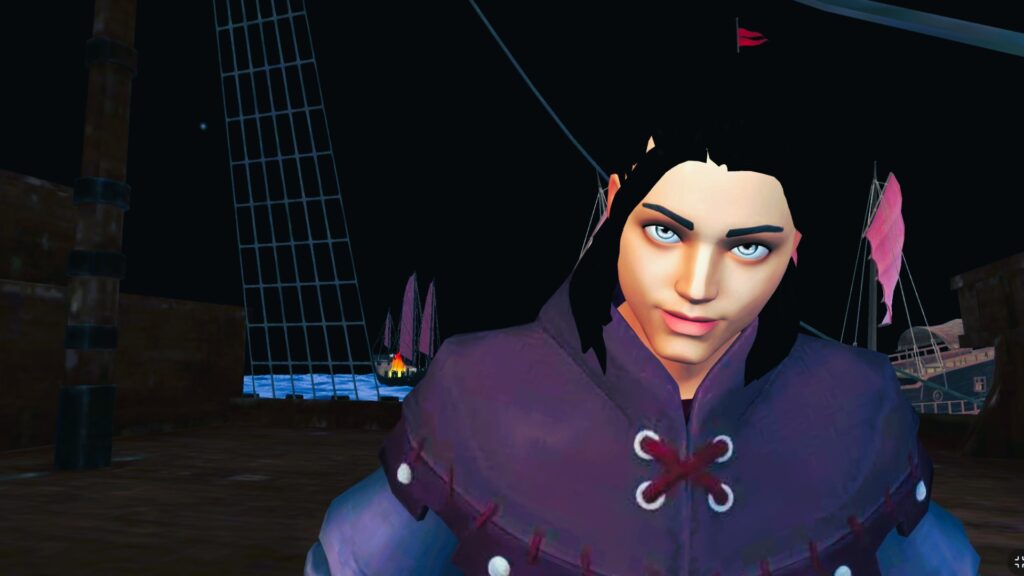
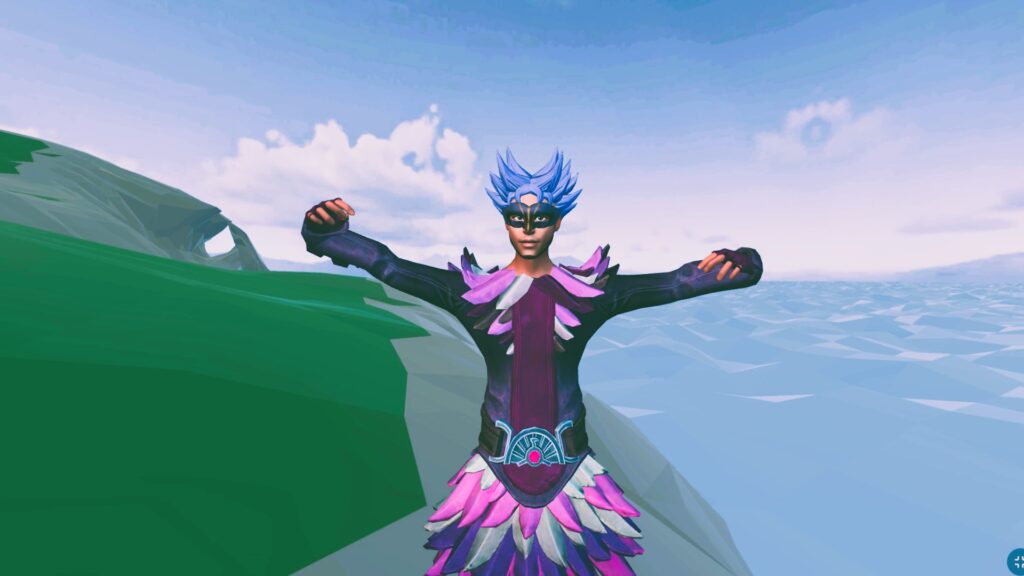
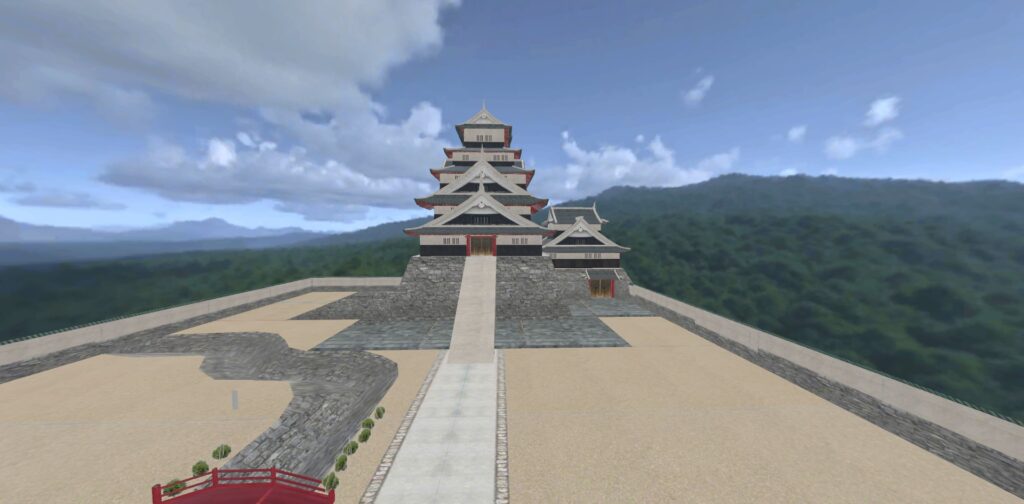

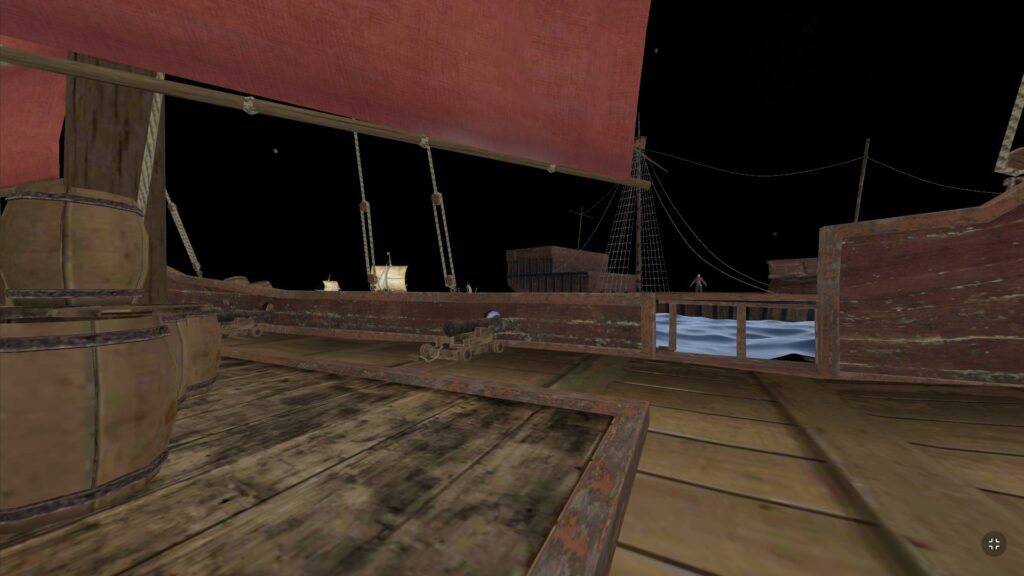
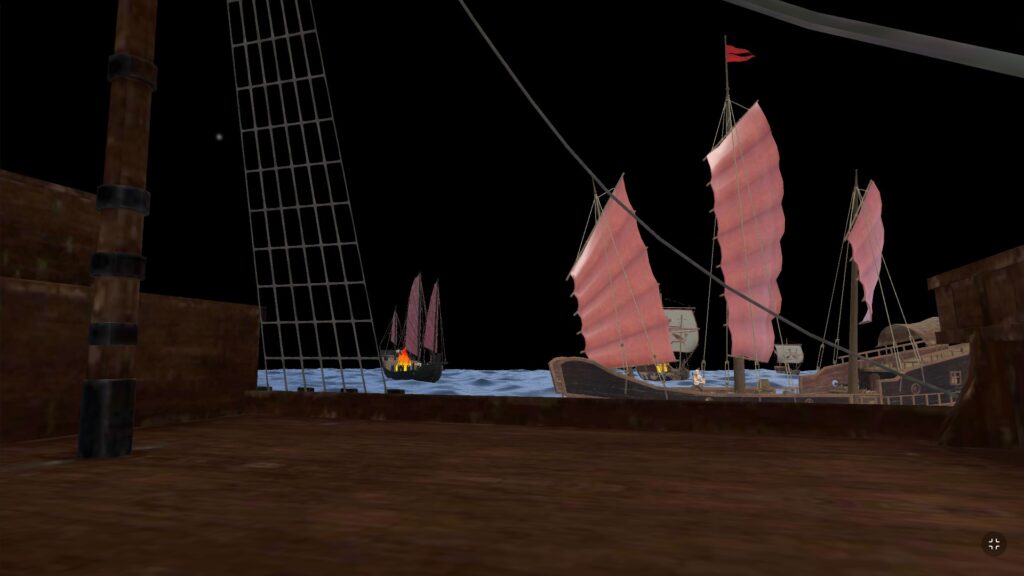
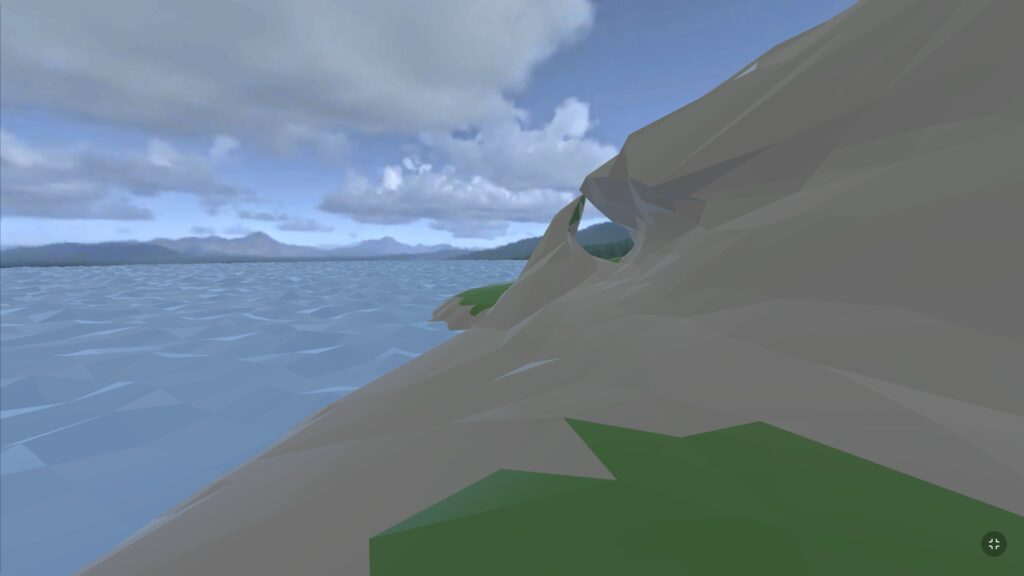
‘Translation is not only a practice but also a way of developing a multilingual epistemology […] In a multilingual epistemology, there are no foreign languages since every language sounds foreign from within another language.’
—Judith Butler, Who’s Afraid of Gender?
‘Equality is not given, nor is it claimed; it is practiced, it is verified.’
—Jacques Rancière, The Ignorant Schoolmaster.
Project overview
In the spring of 2024, I proposed to third-year students in my research seminar at Konan Women’s University to embark on an odyssey: the translation, adaptation, and digital performance of the folktale Yuriwaka Daijin (百合若大臣).
The Yuriwaka tale was first recorded in writing in the Muromachi period (1336 to 1573) as part of the kōwakamai (幸若舞) courtly dance tradition. Its folkloric roots extend further in time, and include a range of regional variations, notably in Oita and Shimane Prefectures.

Yuriwaka is the story of a skilled archer who defeats an invading Mongolian army at sea. His jealous retainers, the Beppu brothers, abandon him on a small island in Kyushu called Genkaijima. Years later, aided by a mythical hawk, Midorimaru, he returns home disguised as a beggar. He is recognized at an archery competition, reclaims his position, and punishes the disloyal retainers.
The problem I posed to students was how to adapt Yuriwaka into a virtual reality (VR) performance. This set in train a set of problems; not least the fact that the group had little experience of theatre or VR. From this confusion, the following three strands of inquiry emerged: new digital utopias and their discontents; textual ‘contamination’ and the spectre of nationalism; (in)equality and multimodal educational practice.
New Digital Utopias
VR worlds are often (mis)represented as harmonious and complete. Like glossy magazine ads for dream holiday destinations, the metaverse –at the level of cliché–is a utopia of seductive spheres where people are free to play out their fantasies through exotic avatars and imaginary worlds, or build next-gen crypto-companies through a headset from the comfort of remote real-world hideaways.
These phantasms of VR mushroomed during the global Covid-19 pandemic, spurred on by investment in metaverse infrastructure from big tech companies, including Meta, Nvidia, Microsoft, Apple, Epic Games and others.

Beneath the veneer, however, there is a very different story. One of the precursor depictions of the metaverse, which we read early on in our class, is in the 1992 science fiction novel, Snow Crash. In the book, the protagonist ‘Hiro’ spends most of his waking hours in the metaverse, escaping from the drudgery of the ecological nightmare that the real planet Earth has become.
This trope of an ideal world overlaid on top of an ailing real world proliferated in the 1990s against the backdrop of war and ecocide. It was the basis of hit films from the period, such as The Truman Show (1998), Existenz (1999), and The Matrix (1999). Fast-forward to the 2020s, and the metaverse was back, against a new backdrop of global dystopia.
In class, students explored a range of different metaverse platforms and worlds, and uncovered problems and potentials in this new digital horizon. The metaverse today, is used by many progressive communities for a wide range of purposes, from art, design and education, to advocacy for minority groups, and inclusive LGBTQ+. At the same time, the unregulated state of the metaverse can pose real legal and ethical challenges. There are frequent reports of discrimination and violence, such as the case reported in The Guardian newspaper in January 2024 of the alleged gang rape of a female minor in the metaverse. The incident was investigated by the British police. It raised questions around the status of rape (and other forms of sexual violence) in virtual worlds, which is not without historical precedent, but is without legal definition.
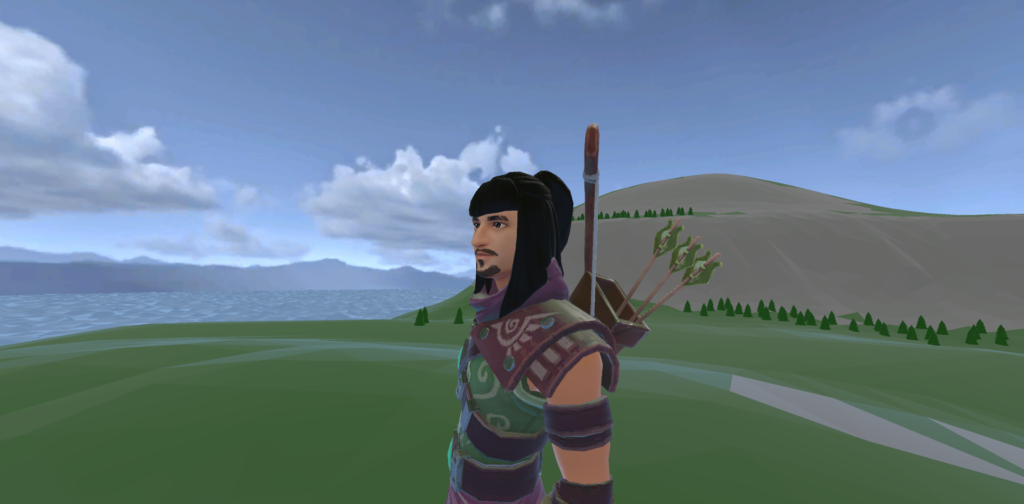
An Exercise in Contamination
I chose Yuriwaka for its history of philological ‘contamination.’ In philology, contamination refers (often negatively) to the confluence of readings from more than one version of a text, and the difficulty this poses in the genealogical search for an original.
In 1907, Japanese literary critic Tsubouchi Shoyo published a collection of essays titled Bungei Sadan (Literary Trivia). In one essay, Tsubouchi addressed the origin of the Yuriwaka Daijin legend, pointing out narrative similarities between Yuriwaka and Homer’s epic poem, The Odyssey.
Tsubouchi argued that if The Odyssey was transmitted by European Jesuit missionaries in late Muromachi Japan, then Yuriwaka could essentially be considered an adaptation. This claim sparked academic debate on the literary and cultural origins of the Yuriwaka story. Some scholars sided with Tsubouchi, while others saw the Yuriwaka tale as part of an older pan-Asian narrative archetype.
Whether or not Tsubouchi’s claim is true, it opens a space for thinking through the ways in which Yuriwaka communicates with us and with its others.
In this project, all members worked in some way on translation and adaptation. We translated the modern Japanese retelling of Yuriwaka in picture book form by Takashi Yoichi from Japanese to English. We also translated elements of the historic background of the story, such as names and places, from its medieval setting in Kyushu to contemporary geographic coordinates. We also translated the different imaginaries we shared about Yuriwaka as we experimented with making avatars and virtual worlds on the spatial.io metaverse platform.
We adapted the story into a performance script, shaping the narrative to fit a dramatic form. This meant editing the story and thinking about problems of mise en scene.
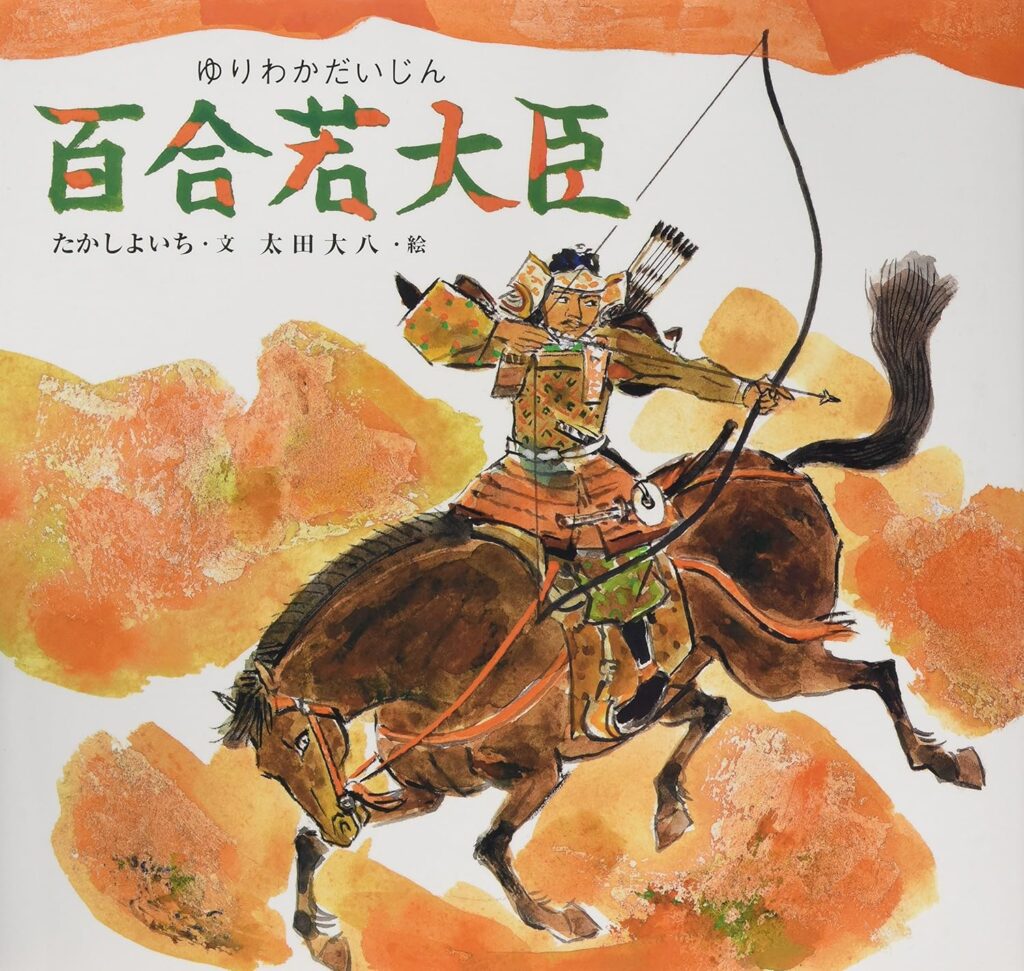
In her book, Who’s Afraid of Gender, Judith Butler emphasises the notion of shared borders in the practice of translation. The key to working with a text like Yuriwaka, where the original is out of reach is to work across the borders it shares with its historical antecedents, reworkings, and offshoots. This transtextual work, which in the case of Yuriwaka VR, was also transmodal, is a means of access to a shared ethics.
Modalities such as text, voice, bodies, 3D avatars, and VR headsets interweaved and produced meaning through juxtaposition This multimodal and multilingual epistemology brought questions of positionality, borders, difference and power to the forefront of the project. In a similar way that a VR headset is just as much a comment on the state of the real world as it is the experience of virtuality, Yuriwaka VR was a comment on the state of ESL, virtual technology, and literary and cultural legacies.
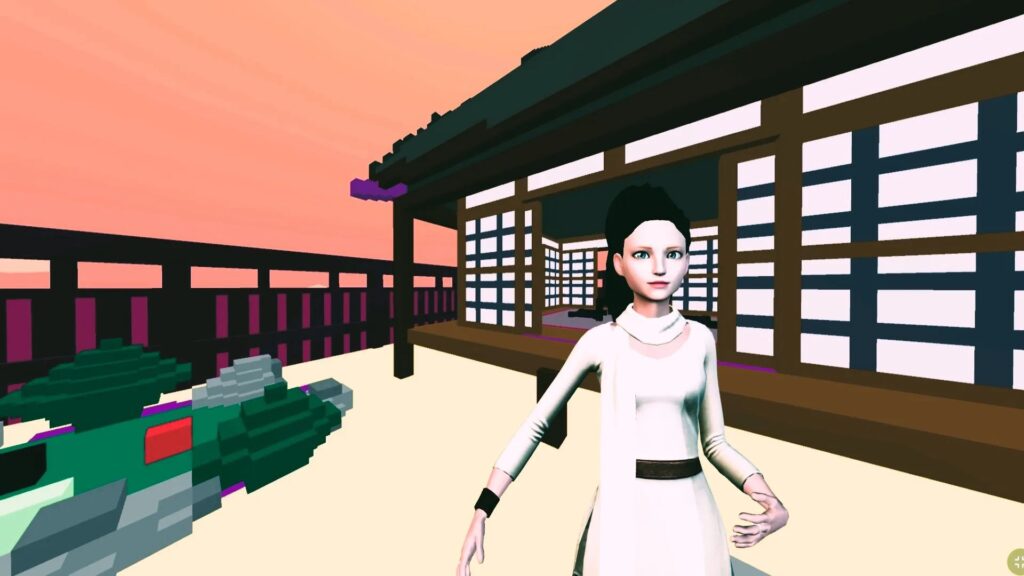
(In)equality
Early in the project, the class read the story of Joseph Jacotot retold by Jacques Rancière in The Ignorant Schoolmaster. Jacotot was a French teacher who found himself in Belgium before a class of Flemish speaking students. He couldn’t speak Flemish, and they couldn’t speak French. To overcome this impasse, he invited them to learn and recite a French novel, The Adventures of Telemachus Son of Ulysses. Jacotot had inadvertently set in motion a lesson in what Rancière calls ‘emancipatory equality.’ Rancière concludes of Jacotot’s experiment that ‘equality is not given, nor is it claimed; it is practiced, it is verified.’
Equality in learning environments is always a struggle of explicit and implicit hierarchies. The Yuriwaka VR project was no exception. It began as an ‘odyssey, ’ but there is no empty space, no zero ground to start from, instead there is a set of coordinates that we negotiated with varying degrees of success and failure: technical, linguistic, conceptual, representational, generational, practical, and experiential.
Even though the final form of the project was incomplete, and became a video adaptation of the course material, the journey was still worth it.
References
Araki, James T. ‘Yuriwaka and Ulysses. The Homeric Epics at the Court of Ouchi Yoshitaka.’ Monumenta Nipponica, 33 (1): 1–36, 1978.
Butler, Judith. Who’s Afraid of Gender? Farrar Straus & Giroux, 2024.
‘Kowakamai.’ Cultural Properties in Fukuoka Prefecture, Fukuoka Prefecture Education Agency, www.fukuoka-bunkazai.jp.
Ranciere, Jacques. Trans. Kristin Ross. The Ignorant Schoolmaster. Stanford University Press, 1991.
Sales, Nancy Jo. ‘A girl was allegedly raped in the metaverse. Is this the beginning of a dark new future?’ The Guardian, 5 Jan 2024.
Tsubouchi, Shoyo. ‘Yuriwaka Densetsu no Hongen, ’ Bungei Sadan, Shunyodo, 232–240, 1907.

